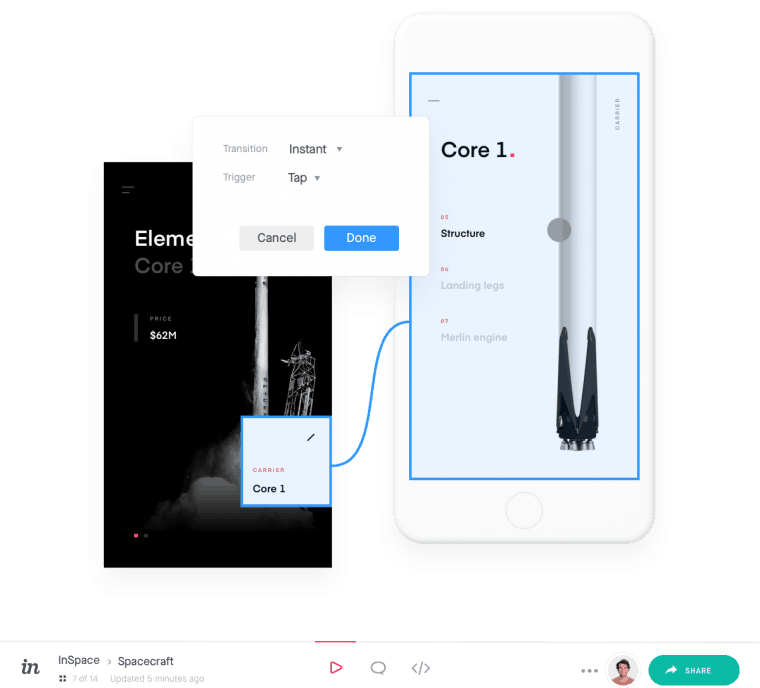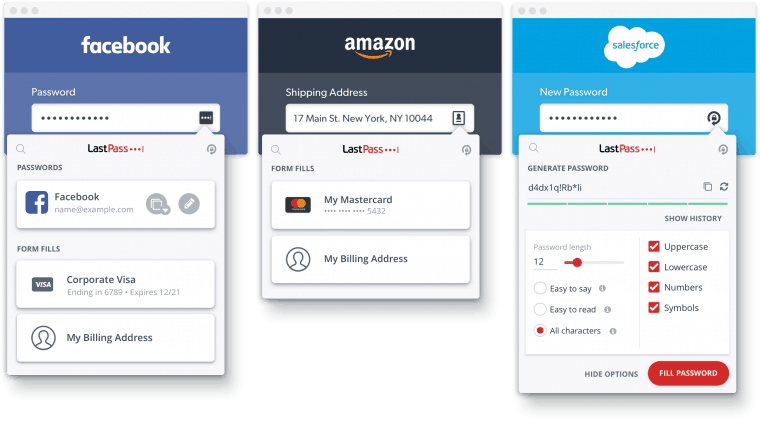Putting together a team of freelancers as opposed to investing in an in-house team has been an effective cost-cutting method for many startups. Thanks to the competitive nature of the gig economy, underfunded companies can benefit from the flexible rates of freelancers. They can also fill knowledge and skill gaps seemingly on-demand — thanks to the streamlined hiring process enabled by freelancing marketplaces.
Unfortunately, there are a few obvious disadvantages of relying solely on a virtual workplace setup, especially if you’re in the web development business. Expect to issue multiple revision rounds to your freelancers for components such as page design, graphics, and content — unless you don’t care about your project’s outcome. You may also encounter daily difficulties communicating basic project details and exchanging feedback, especially if you’re hiring non-native English speakers. The best web development company in qatar are listed in here.
Without further ado, here are five strategies that will help you collaborate more effectively, polish your workflow, and ultimately get things done with as few revisions as possible.
Upgrade Your Communication Channels
You can’t expect your project’s timeline to be met if you still communicate with your freelancers via emails – if you want to get things done, your program management must be on point. Regardless of the type of brand you have, whether you’re a life coach, a web development agency, or you’re offering SaaS, you stand to benefit from using a faster (and a more streamlined) communication channel when working with your team.
I mean, think about how slow-paced your communication would be if you’d only be relying on emails …
First, you’ll have to wait for the recipient to log in to their email client, read your message, and write an email before you get their response — assuming there will be no delays as your email service provider tries to retrieve your messages. Additionally, important emails can also easily get lost in the clutter of irrelevant messages in their inbox. After all, most people use a single email account for their social media, online services, and business communications.
If you don’t want long response times to be a bottleneck in your remote team’s communication, you should use an instant messaging application that has advanced security and collaboration features.
Brosix, for example, has a comprehensive and secure instant messaging toolbox that allows remote teams to stay on the same page — from doing unlimited size file transfers, co-browsing, broadcasting messages, to interactive whiteboard sessions. Unlike cloud-based collaboration tools, Brosix is desktop-based with the option to be launched automatically. It also comes with an official mobile app for iPhone and Android devices, which allows you to get ahold of a freelancer as soon as they become connected to the internet.
Use a Project Management Software
In addition to a communication tool, you can further optimize your remote team’s productivity with a project management platform. Depending on the size of your team, your choices comprise of heavy-duty software like Basecamp to lightweight tools like Trello.
The latter is ideal for smaller teams that need to keep things simple. Basically, Trello allows you to chunk down your project into task “cards,” which can then be organized into lists and managed in boards. Trello also allows you to assign cards to specific team members, set deadlines, share file attachments, and leave comments. These make it significantly easier to track the progress of each task and plan your team’s next activities.
Use a Prototyping Tool
While project management platforms are excellent for general activities like creating killer content and designing a logo, certain tasks like UX design and wireframing require a proper prototyping tool.
InVision is one example of a prototyping tool that allows your freelancers to create mockups of designs. Other users will then have the ability to play around with the draft and change elements, such as text, headlines, images, and section sizes. In other words, your entire team gets to see how a designer visualizes the final product — enabling anyone to leave comments or make their changes.
Built-in navigation systems can also be tested by creating “hotspots” within mockup screens. This will allow you to get a feel of the experience from an actual end user’s standpoint.
Take Advantage of Smarter Password Sharing
If you’re like most cost-conscious companies, you may have shared access to tools meant for “personal” use rather than pay for the “business” plan. It could be for a keyword research tool, a landing page builder, a content management system, or an e-commerce platform. This is reasonable, especially for startups who need to make every penny in their budget count.
However, you’ll understandably have security concerns over the idea of sharing your sensitive login information even to freelancers you trust. Besides, they sometimes tend to work using unsafe, public Wi-Fi networks that hackers may take advantage of to intercept their connection.
To safely share your login credentials to freelancers, consider using a password manager like LastPass. Using the browser extension’s “Sharing Center,” it lets you share usage of your accounts without having to disclose your login information to your remote team.
Meet Personally
Working with remote teams might have its advantages and disadvantages, however, regardless of which spectrum you’re in right now, know that meeting up with your remote team face-to-face is crucial — especially if you hired freelancers from other countries. In fact, if you can arrange a meetup in a co-working space or a conference venue, there’s no real reason for you to pass up the opportunity.
Keep in mind that the key to a tightly-knit work culture — offline and online — is effective relationship building between members. It fosters accountability, motivates freelancers to perform better, and develops what your brand’s identity can really be.
Websites like ShareDesk and PeerSpace are a great place to start if you want to look for a possible venue for your first formal meeting. These allow you to specify what you need in a venue as well as verify its availability on certain dates.
Conclusion
Working with freelancers has a lot of perks, but it’s definitely far from perfect. The strategies above will allow you to overcome most of the challenges of keeping a remote team productive.
Remember, none of these strategies require a hefty investment. The only obstacle between you and the implementation of these tactics is your willingness to try them. Good luck!




